Source: Stephane Foucaud (2/16/23)
The 2023 outlook for this energy firm is positive, with production to come from the Williston basin and possibly the Paradox basin, too, noted an Auctus Advisors report.
Zephyr Energy Plc.’s (ZPHRF:OTCMKTS;ZPHR:LSE) full-year 2022 (FY22) production and income were in line with guidance and forecasts, reported Auctus Advisors analyst Stephane Foucaud in a Feb. 15 research note. The oil and gas company is about to start production testing a well in Utah’s Paradox basin.
Potential 228% Return
Auctus has a target price of £0.20 per share on England-based Zephyr. This implies a potential return for investors of 228%, given the energy firm’s current share price is £0.06, noted Foucaud.
“Success in [Cane Creek’s] C-9 reservoir around year-end 2023 could add a further £0.12 per share [to the target price], the analyst added. Cane Creek is in Utah’s Paradox basin.
Strong Production, Revenue
The analyst presented the operational and financial highlights of FY22, all pertaining to work in North Dakota’s Williston basin.
As for Q4/22, Zephyr sold an average of 1,192 barrels of oil equivalent per day (1,192 boe/d). The total average sales volume for FY22 was 1,490 boe/d, which was at the upper end of guidance and met Auctus’ expectations.
“This was achieved despite the fact that [a] number of Zephyr’s existing production wells were temporarily shut in during Q4/22 due to ‘frac-protect’ procedures while new nearby wells were stimulated and completed,” Foucaud explained.
In FY22, Zephyr generated an estimated US$42.9 million (US$42.9M), easily meeting the company’s guidance of US$40–45M. Full-year operating income was as Auctus expected, at US$35.7M.
Work Ahead in Paradox
Looking forward, Zephyr reiterated its guidance for net production in the Williston for 2023, which is 1,550–1,750 boe/d, noted Foucaud.
Also, Zephyr is about to begin production testing of and possibly complete the State 36-2 LNW-CC well in the fractured Cane Creek reservoir interval. The net contingent resource of the part of the reservoir on Zephyr property is 39,250,000 barrels of oil equivalent.
“This is a very important well for the company that could add production and reserves,” commented Foucaud.
Additionally, Auctus expects Cane Creek to generate significant cash flow starting in 2024. The amount will likely equal about 20–40% of Zephyr’s market cap next year and each year thereafter.
Disclosures:
1) Doresa Banning wrote this article for Streetwise Reports LLC and provides services to Streetwise Reports as an independent contractor. She or members of her household own securities of the following companies mentioned in the article: None. She or members of her household are paid by the following companies mentioned in this article: None.
2) The following companies mentioned in this article are billboard sponsors of Streetwise Reports: None. Click here for important disclosures about sponsor fees. The information provided above is for informational purposes only and is not a recommendation to buy or sell any security.
3) Statements and opinions expressed are the opinions of the author and not of Streetwise Reports or its officers. The author is wholly responsible for the validity of the statements. The author was not paid by Streetwise Reports for this article. Streetwise Reports was not paid by the author to publish or syndicate this article. Streetwise Reports requires contributing authors to disclose any shareholdings in, or economic relationships with, companies that they write about. Streetwise Reports relies upon the authors to accurately provide this information and Streetwise Reports has no means of verifying its accuracy.
4) This article does not constitute investment advice. Each reader is encouraged to consult with his or her individual financial professional and any action a reader takes as a result of information presented here is his or her own responsibility. By opening this page, each reader accepts and agrees to Streetwise Reports’ terms of use and full legal disclaimer. This article is not a solicitation for investment. Streetwise Reports does not render general or specific investment advice and the information on Streetwise Reports should not be considered a recommendation to buy or sell any security. Streetwise Reports does not endorse or recommend the business, products, services or securities of any company mentioned on Streetwise Reports.
5) From time to time, Streetwise Reports LLC and its directors, officers, employees or members of their families, as well as persons interviewed for articles and interviews on the site, may have a long or short position in securities mentioned. Directors, officers, employees or members of their immediate families are prohibited from making purchases and/or sales of those securities in the open market or otherwise from the time of the decision to publish an article until three business days after the publication of the article. The foregoing prohibition does not apply to articles that in substance only restate previously published company releases.
Disclosures For Auctus Advisors, Zephyr Energy Plc., February 15, 2023
MiFID II Disclosures: This document, being paid for by a corporate issuer, is believed by Auctus to be an ‘acceptable minor non-monetary benefit’ as set out in Article 12 (3) of the Commission Delegated Act C(2016) 2031 which is part of UK law by virtue of the European Union (Withdrawal) Act 2018. It is produced solely in support of our corporate broking and corporate finance business. Auctus does not offer a secondary execution service in the UK. This note is a marketing communication and NOT independent research. As such, it has not been prepared in accordance with legal requirements designed to promote the independence of investment research and this note is NOT subject to the prohibition on dealing ahead of the dissemination of investment research.
Author: The research analyst who prepared this research report was Stephane Foucaud, a partner of Auctus. Not an offer to buy or sell Under no circumstances is this note to be construed to be an offer to buy or sell or deal in any security and/or derivative instruments. It is not an initiation or an inducement to engage in investment activity under section 21 of the Financial Services and Markets Act 2000.
Note prepared in good faith and in reliance on publicly available information: Comments made in this note have been arrived at in good faith and are based, at least in part, on current public information that Auctus considers reliable, but which it does not represent to be accurate or complete, and it should not be relied on as such. The information, opinions, forecasts and estimates contained in this document are current as of the date of this document and are subject to change without prior notification. No representation or warranty either actual or implied is made as to the accuracy, precision, completeness or correctness of the statements, opinions and judgements contained in this document.
Auctus’ and related interests: The persons who produced this note may be partners, employees and/or associates of Auctus. Auctus and/or its employees and/or partners and associates may or may not hold shares, warrants, options, other derivative instruments or other financial interests in the Company and reserve the right to acquire, hold or dispose of such positions in the future and without prior notification to the Company or any other person. Information purposes only
This document is intended to be for background information purposes only and should be treated as such. This note is furnished on the basis and understanding that Auctus is under no responsibility or liability whatsoever in respect thereof, whether to the Company or any other person.
Investment Risk Warning: The value of any potential investment made in relation to companies mentioned in this document may rise or fall and sums realised may be less than those originally invested. Any reference to past performance should not be construed as being a guide to future performance. Investment in small companies, and especially upstream oil & gas companies, carries a high degree of risk and investment in the companies or commodities mentioned in this document may be affected by related currency variations. Changes in the pricing of related currencies and or commodities mentioned in this document may have an adverse effect on the value, price or income of the investment.
Disclaimer: This note has been forwarded to you solely for information purposes only and should not be considered as an offer or solicitation of an offer to sell, buy or subscribe to any securities or any derivative instrument or any other rights pertaining thereto (“financial instruments”). This note is intended for use by professional and business investors only. This note may not be reproduced without the prior written consent of Auctus.
The information and opinions expressed in this note have been compiled from sources believed to be reliable but, neither Auctus, nor any of its partners, officers, or employees accept liability from any loss arising from the use hereof or makes any representations as to its accuracy and completeness. Any opinions, forecasts or estimates herein constitute a judgement as at the date of this note. There can be no assurance that future results or events will be consistent with any such opinions, forecasts or estimates. Past performance should not be taken as an indication or guarantee of future performance, and no representation or warranty, express or implied is made regarding future performance. This information is subject to change without notice, its accuracy is not guaranteed, it may be incomplete or condensed and it may not contain all material information concerning the company and its subsidiaries. Auctus is not agreeing to nor is it required to update the opinions, forecasts or estimates contained herein.
The value of any securities or financial instruments mentioned in this note can fall as well as rise. Foreign currency denominated securities and financial instruments are subject to fluctuations in exchange rates that may have a positive or adverse effect on the value, price or income of such securities or financial instruments. Certain transactions, including those involving futures, options and other derivative instruments, can give rise to substantial risk and are not suitable for all investors. This note does not have regard to the specific instrument objectives, financial situation and the particular needs of any specific person who may receive this note.
Auctus (or its partners, officers or employees) may, to the extent permitted by law, own or have a position in the securities or financial instruments (including derivative instruments or any other rights pertaining thereto) of the Company or any related or other company referred to herein, and may add to or dispose of any such position or may make a market or act as principle in any transaction in such securities or financial instruments. Partners of Auctus may also be directors of the Company or any other of the companies mentioned in this note. Auctus may, from time to time, provide or solicit investment banking or other financial services to, for or from the Company or any other company referred to herein. Auctus (or its partners, officers or employees) may, to the extent permitted by law, act upon or use the information or opinions presented herein, or research or analysis on which they are based prior to the material being published.
![]()
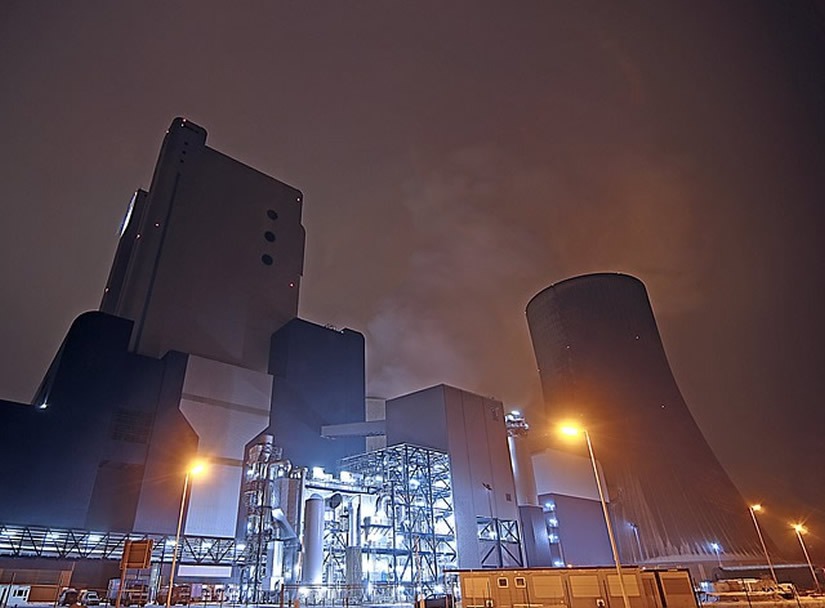
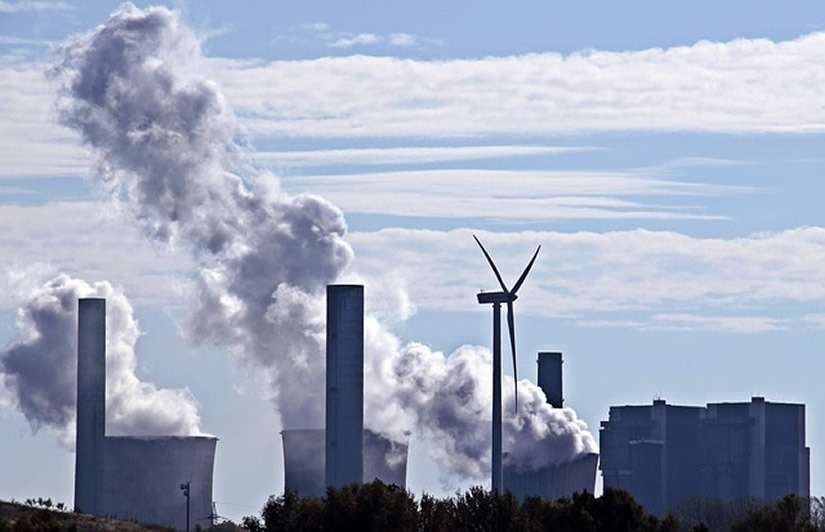


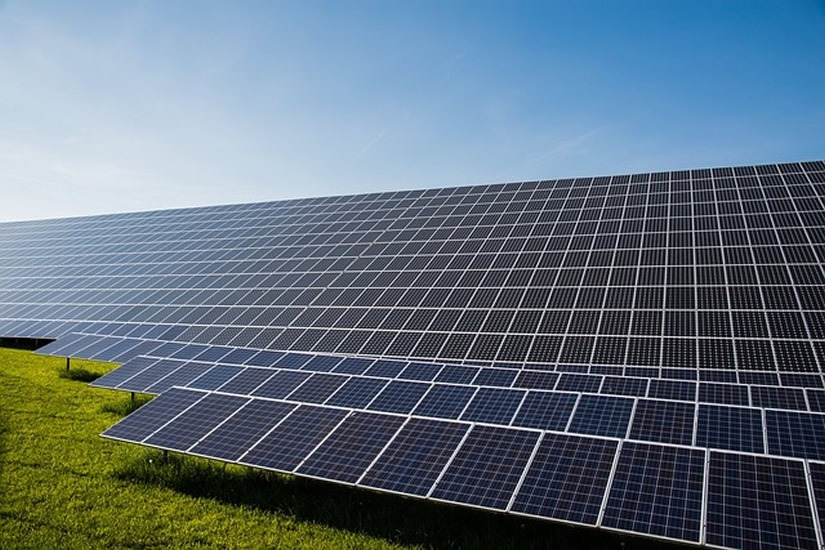





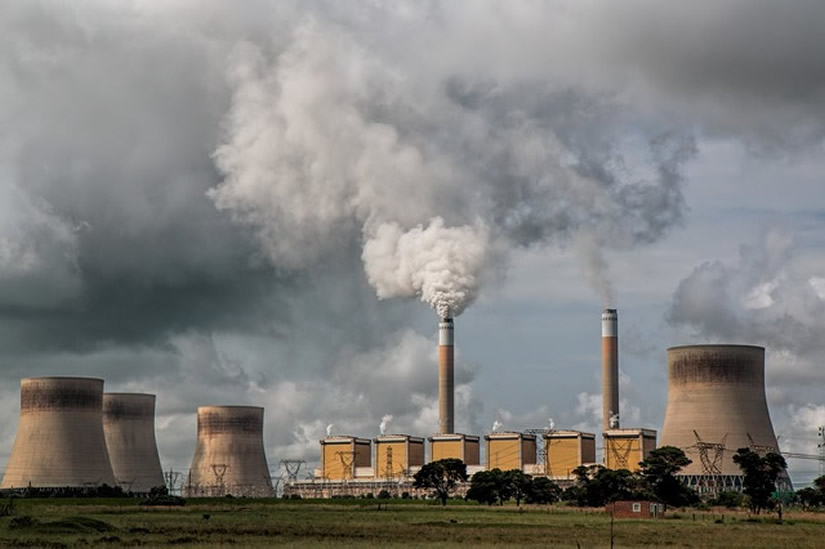



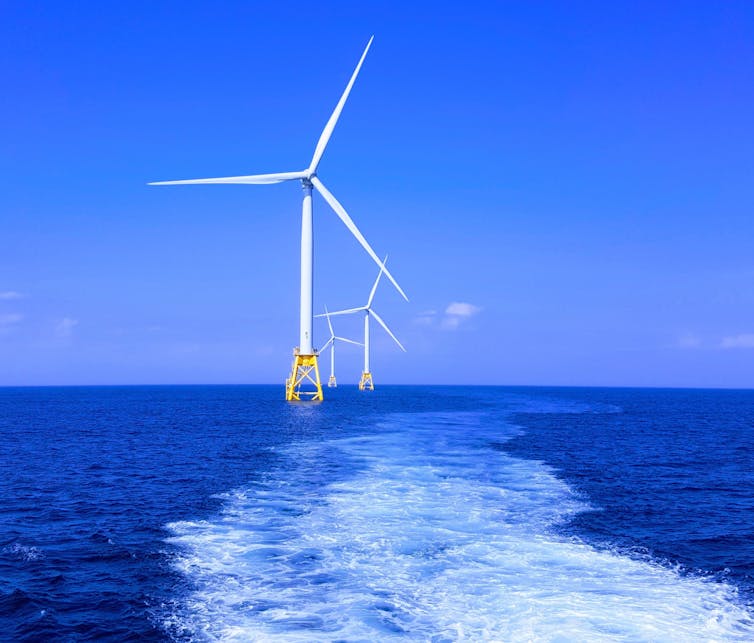 There’s a reason why the west has long avoided state aid.
There’s a reason why the west has long avoided state aid.